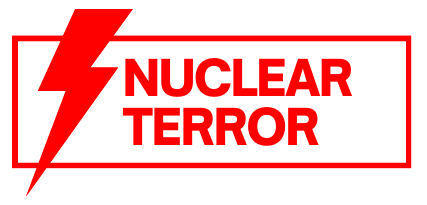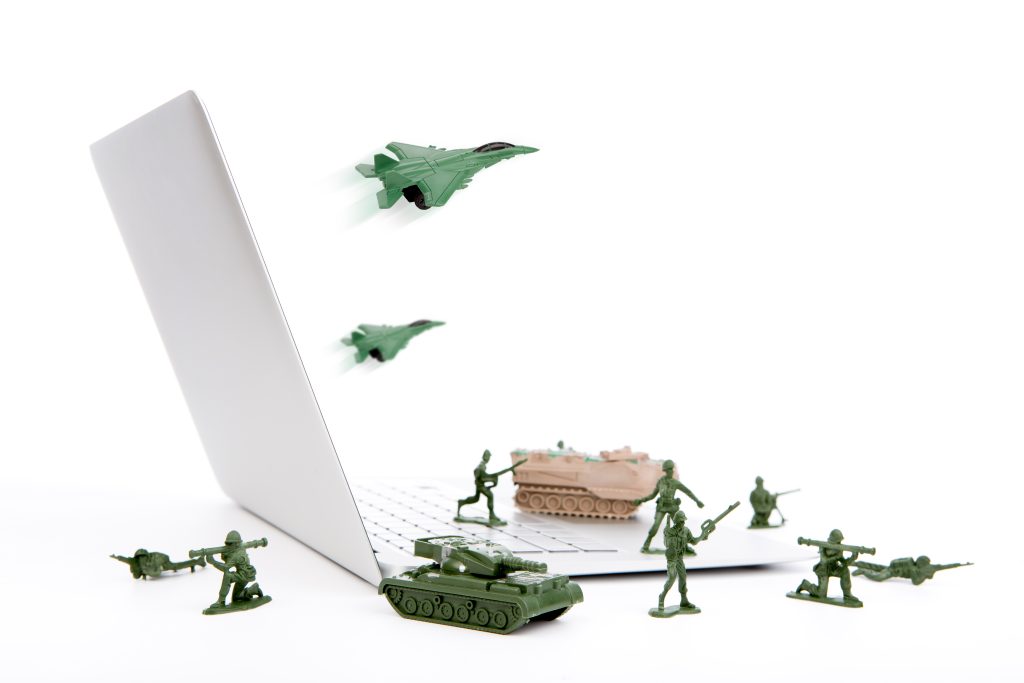Are you intrigued by the features of the NPT, wondering how this treaty manages to prevent the spread of nuclear weapons while promoting the peaceful use of nuclear energy? Well, get ready to dive into the details of this significant international agreement. From its origins in the 1960s to its current status as the cornerstone of global nuclear non-proliferation efforts, the NPT has shaped the world’s approach to nuclear weapons. But what exactly are its key features? How does it ensure compliance and accountability? And what role does the International Atomic Energy Agency play in all of this? Stay tuned as we unpack the complex and fascinating features of the NPT, shedding light on its mechanisms and impact.
Treaty Provisions and Compliance
Treaty provisions and compliance are essential components of the NPT, ensuring the effective implementation and adherence to its objectives. The NPT contains specific provisions that outline the responsibilities and obligations of both nuclear weapon states (NWS) and non-nuclear weapon states (NNWS). NWS, including China, France, Russia, the UK, and the US, are prohibited from transferring nuclear weapons or assisting NNWS in acquiring them. On the other hand, NNWS must accept IAEA safeguards on their nuclear materials, which are designed to verify their compliance with NPT commitments. These safeguards include inspections conducted by the IAEA to prevent the diversion of fissile material for weapons use.
Non-compliance with NPT provisions is a serious matter and is reported to the UN Security Council. There have been several cases of non-compliance, including Iraq, Romania, North Korea, Libya, Iran, and Syria. The UN Security Council has the authority to impose penalties, such as sanctions, on states found to be in non-compliance.
Review Process and P5 Joint Statement
Moving on to the review process and the P5 joint statement, it is important to understand how these elements contribute to the effective implementation and evaluation of the NPT. The review process plays a crucial role in assessing the progress made towards achieving the NPT goals, such as disarmament, nonproliferation, and peaceful use of nuclear energy. It provides an opportunity for states parties to discuss their commitments and identify areas for improvement. The P5 joint statement, issued by the five nuclear-weapon states (China, France, Russia, UK, US), reaffirms their NPT commitments and Article VI obligations. It emphasizes their pledge to prevent nuclear war, avoid arms races, and engage in diplomatic efforts. To highlight the significance of these elements, let’s take a look at the table below:
| Review Process | P5 Commitments | Diplomatic Efforts |
|---|---|---|
| Periodic assessment of NPT implementation | Reaffirmation of NPT commitments | Commitment to prevent nuclear war |
| Evaluation of progress towards NPT goals | Emphasis on Article VI obligations | Pledge to avoid arms races |
| Identification of areas for improvement | Focus on disarmament and nonproliferation | Engagement in diplomatic efforts |
The recent postponement of the Tenth NPT Review Conference (RevCon) further underscores the importance of the review process and the P5 joint statement. Despite the challenges faced during the RevCon, the joint statement was welcomed as a demonstration of commitment to the NPT goals. It is through these diplomatic efforts and continuous evaluation that the NPT can strive towards achieving its objectives.
TPNW and NPT Relationship
The relationship between the Treaty on the Prohibition of Nuclear Weapons (TPNW) and the Treaty on the Non-Proliferation of Nuclear Weapons (NPT) is a subject of debate and concern among states parties to both treaties. Some states parties to the TPNW view it as complementing the NPT, while others express concern that the TPNW creates an alternative and contrary standard to the NPT. Some opposing states argue that the TPNW does not contribute to disarmament. Interestingly, the TPNW was intentionally avoided during the 2017 Preparatory Committee (PrepCom) session, which led to speculation that this was done to focus on NPT dialogue instead. The relationship between these two treaties and their impact on disarmament efforts continue to be topics of discussion and analysis among states parties.
2015-2020 Events
As we shift our focus to the events of 2015-2020, it is important to highlight significant developments within the context of the NPT. During this period, there were contentious discussions and challenges surrounding the NPT. One of the main challenges was achieving consensus on disarmament measures. While the NPT has made significant achievements in preventing the spread of nuclear weapons and promoting international cooperation in the peaceful uses of nuclear energy, there were obstacles to further progress. The discussions during this period were influenced by concerns about the Joint Comprehensive Plan of Action (JCPOA), the New START Treaty, and the Intermediate-Range Nuclear Forces (INF) Treaty. Additionally, there was a focus on creating an environment for nuclear disarmament through the Creating an Environment for Nuclear Disarmament (CEND) initiative. Despite the challenges, the NPT continued to play a crucial role in maintaining global non-proliferation efforts and fostering international cooperation.
Review Conferences and PrepComs (2005-2014)
During the period from 2005 to 2014, significant discussions and preparations took place in relation to the Review Conferences and Preparatory Committee meetings of the NPT. In 2005, the Review Conference was held to assess the implementation of the Treaty and discuss future actions. The 2015 Review Conference was also an important event during this period, where states parties gathered to review the progress made since the last Review Conference and discuss new challenges and opportunities. In 2014, the PrepCom for the 2015 Review Conference was held to prepare for the upcoming conference and discuss key issues. Additionally, the second PrepCom for the 2015 Review Conference took place in 2010-2014, where states parties continued their discussions and preparations. The 2009 PrepCom was another significant event during this period, focusing on the preparations for the 2010 Review Conference. These conferences and PrepComs provided a platform for states parties to exchange views, share information, and work towards the common goal of promoting the objectives of the NPT.
Objective of the NPT
Moving on to the objective of the NPT, let’s now delve into its core purpose and goals. The NPT, or the Treaty on the Non-Proliferation of Nuclear Weapons, has several key features that aim to achieve its treaty purpose and non-proliferation goals. These features include:
- Preventing the spread of nuclear weapons and weapons technology.
- Promoting cooperation in the peaceful uses of nuclear energy.
- Furthering the goal of achieving nuclear disarmament.
- Furthering the goal of achieving general and complete disarmament.
- Binding commitment in a multilateral treaty by nuclear-weapon States.
The NPT’s objective is to create a framework that ensures the peaceful use of nuclear energy while preventing the proliferation of nuclear weapons. It recognizes the right of NPT parties to develop nuclear energy for peaceful purposes, but also requires non-nuclear states to accept International Atomic Energy Agency (IAEA) safeguards for verification. Additionally, the NPT emphasizes the pursuit of negotiations on nuclear disarmament, aiming for general and complete disarmament. By establishing safeguards and promoting international cooperation, the NPT seeks to strike a balance between the peaceful use of nuclear energy and the prevention of nuclear weapons proliferation.
Safeguards and Inspections
Safeguards and inspections play a crucial role in ensuring compliance with the NPT’s non-proliferation objectives. The International Atomic Energy Agency (IAEA) is responsible for establishing a safeguards system that verifies compliance with the Treaty. This verification process includes conducting inspections to prevent the diversion of fissile material for weapons use. Through these inspections, the IAEA ensures that non-nuclear weapon states (NNWS) are using nuclear technology for peaceful purposes, in accordance with their obligations under the NPT.


